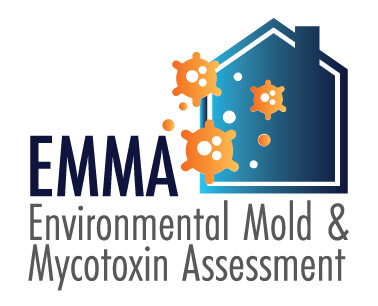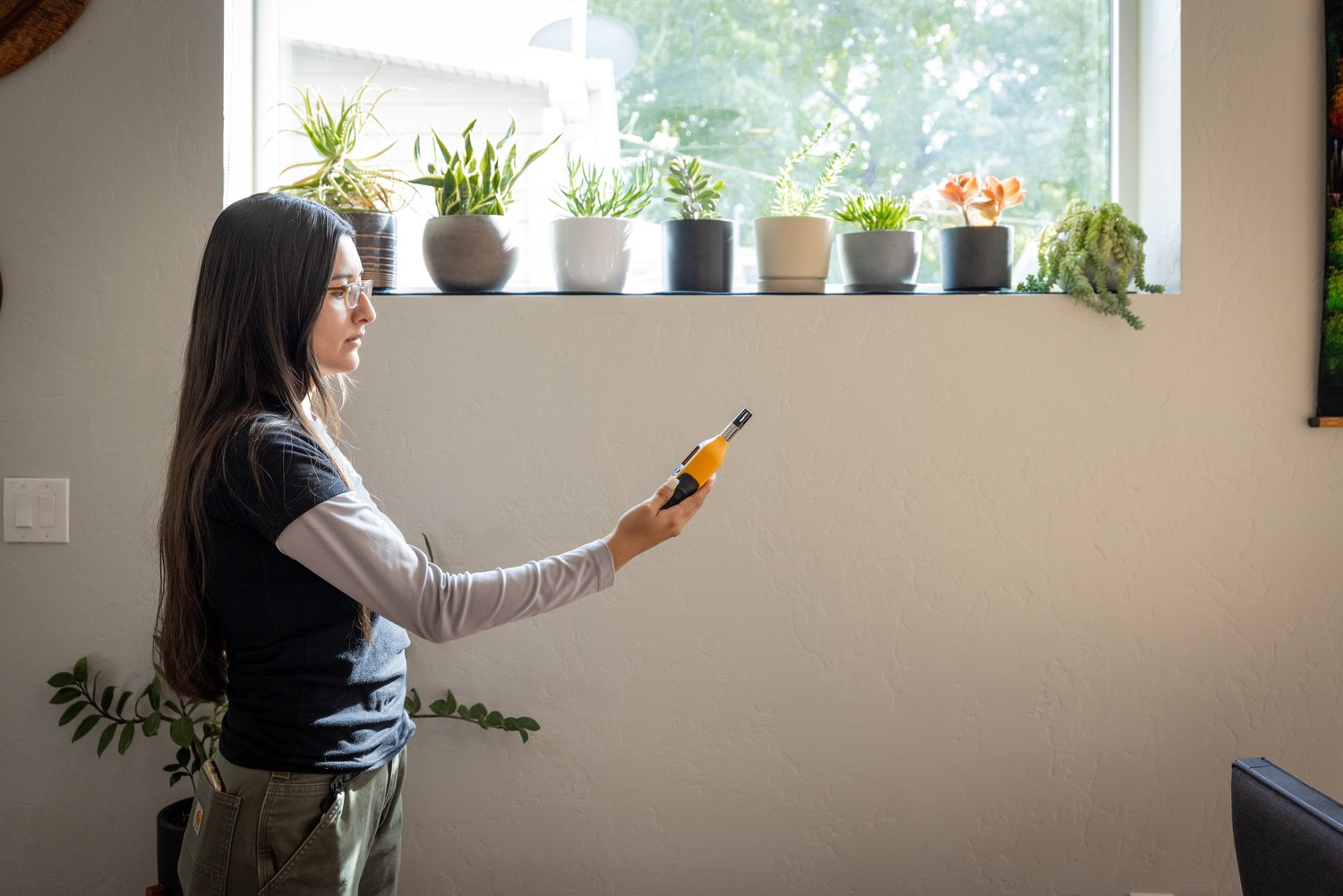Exactly How Mycotoxin Screening Aids Prevent Contamination and Protect Food Materials

Mycotoxin testing is a crucial method in the food sector, acting as a frontline defense against contamination by unsafe contaminants created by molds. Via the application of advanced methods like High-Performance Fluid Chromatography (HPLC) and Fluid Chromatography-Mass Spectrometry (LC-MS), food producers can properly quantify and discover mycotoxin degrees in farming items. This aggressive technique not just guarantees conformity with rigorous security policies however additionally alleviates health and wellness threats to consumers. Furthermore, routine testing strengthens brand name credibility and economic health by lowering contamination-related cases. So, how exactly do these testing methods integrate right into the broader food safety technique?
Comprehending Mycotoxins
Comprehending mycotoxins begins with recognizing that they are harmful second metabolites generated by particular mold and mildews, which can contaminate farming products. These metabolites are not crucial for the development or reproduction of the fungis however can have serious effects for human and animal health and wellness. Mycotoxins are generally found in staple crops such as corn, wheat, barley, and nuts, where they can proliferate under particular conditions of dampness and temperature level.
There are a number of sorts of mycotoxins, each generated by various fungal types. Aflatoxins, produced by Aspergillus species, are among one of the most notorious, understood for their cancer causing properties. Another considerable team includes ochratoxins, generated by Aspergillus and Penicillium varieties, which have nephrotoxic impacts. Fusarium types produce fumonisins and trichothecenes, both of which are associated with numerous severe and persistent wellness problems.

Risks of Mycotoxin Contamination
The dangers of mycotoxin contamination are diverse, posing considerable risks to both food safety and security and public wellness. Mycotoxins, harmful substances created by particular kinds of fungis, can pollute a vast array of agricultural items consisting of grains, nuts, spices, dried fruits, and coffee. When these contaminants infiltrate the food supply, they can bring about significant wellness problems such as liver damages, kidney failing, and even cancer cells. Susceptible populaces, including youngsters, the elderly, and immunocompromised people, are especially in jeopardy.
Economic influences are one more major concern. Infected plants can result in considerable economic losses for farmers and food producers because of reduced yields and the demand for costly decontamination actions. Moreover, international trade can be significantly impeded as nations enforce stringent mycotoxin laws to safeguard their populaces, bring about declined deliveries and stretched trade connections.
Environmental elements such as environment adjustment intensify the threat of mycotoxin contamination. Variants in temperature level and humidity can create beneficial conditions for fungal development, increasing the possibility of contamination occasions. Hence, understanding and reducing these dangers are crucial for making certain the safety and stability of worldwide food products.
Approaches of Mycotoxin Examining
Accurately identifying mycotoxin contamination in agricultural products is necessary for securing public health and wellness and keeping food safety and security criteria. Different methods are utilized to identify and quantify mycotoxins, each offering certain benefits and constraints.
High-Performance Fluid Chromatography (HPLC) is a commonly used technique due to its high level of sensitivity and precision. It entails dividing mycotoxins from other substances in an example, allowing accurate metrology. Similarly, Fluid Chromatography-Mass Spectrometry (LC-MS) incorporates liquid chromatography with mass spectrometry to provide thorough molecular information, making it specifically beneficial for identifying several mycotoxins at the same time - Mycotoxin testing Services.

Gas Chromatography-Mass Spectrometry (GC-MS) and Thin-Layer Chromatography (TENDER LOVING CARE) are likewise employed, each with special applications. GC-MS works for unstable mycotoxins, while tender loving care supplies a simpler, cost-effective option for initial testing.
Benefits of Regular Evaluating
Regular screening for mycotoxins in farming products provides numerous benefits, dramatically adding to public health and wellness and food security. By identifying contamination early, normal screening helps prevent the distribution of poisonous foods, consequently lowering the danger of mycotoxin-related diseases among customers. This positive approach not just safeguards human health and wellness but additionally improves the overall top quality of food materials.
Consistent screening likewise supports governing conformity. Different nations and regions have actually you can try here established stringent limits for mycotoxin degrees in food and feed. Complying with these limitations through normal testing ensures that vendors and manufacturers satisfy legal criteria, consequently preventing penalties and profession barriers. Moreover, preserving compliance cultivates customer trust and brand name track record, which are vital for market success.
Furthermore, normal mycotoxin screening can cause substantial financial advantages. Early discovery of contamination enables timely intervention, minimizing possible losses from prevalent contamination. Implementing regular testing procedures can likewise lessen recall prices and relevant liabilities, which can be financially ravaging.
Moreover, normal screening gives valuable data that can educate better agricultural methods and storage conditions. By understanding patterns of contamination, producers can adopt precautionary steps, thus decreasing future dangers and adding to the sustainability of the food supply chain.
Executing Evaluating Procedures
Carrying out efficient mycotoxin screening procedures is vital for making certain the safety and high quality of farming products. Establishing a robust screening structure includes several essential steps, beginning with the recognition of prospective contamination points within the manufacturing and supply chain. This consists of pre-harvest, post-harvest, storage space, and distribution phases. Each phase should be scrutinized to determine where mycotoxin contamination is most likely to occur.
As soon as essential control points are identified, choosing suitable testing methods is Click Here necessary. Common strategies consist of enzyme-linked immunosorbent assay (ELISA), high-performance liquid chromatography (HPLC), and mass spectrometry (MS) Each method has its toughness and weaknesses; hence, selecting the proper one relies on the specific mycotoxin being examined, the required sensitivity, and readily available resources.

Last but not least, integrating the testing methods into a comprehensive food security management system is suggested. This improves traceability and enables speedy restorative activities when contamination is found, thus safeguarding the stability of the food supply chain.
Conclusion
Mycotoxin screening is vital in preventing contamination and securing food supplies by allowing early detection of unsafe toxic substances generated by molds in farming products. Advanced techniques such as HPLC and LC-MS make certain compliance with security laws and secure customers from health dangers. Normal testing boosts brand name credibility, monetary security, and trust in food safety and security by minimizing contamination-related losses and keeping high standards in food manufacturing. Applying extensive testing protocols her comment is here is hence crucial for the industry's total wellness.
Mycotoxin testing is an important method in the food market, offering as a frontline protection against contamination by harmful toxic substances produced by molds. An integrated technique involving agricultural techniques, storage space management, and regular testing can minimize the threats associated with mycotoxin contamination, ensuring food safety and public health.
The dangers of mycotoxin contamination are multifaceted, presenting considerable risks to both food safety and security and public wellness.Routine testing for mycotoxins in farming items provides countless benefits, substantially contributing to public health and food safety and security.Mycotoxin testing is important in preventing contamination and guarding food materials by enabling very early detection of harmful contaminants created by molds in farming products.